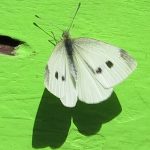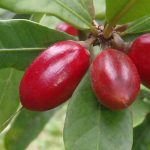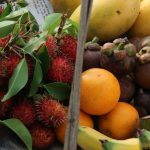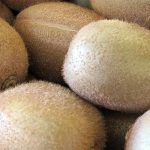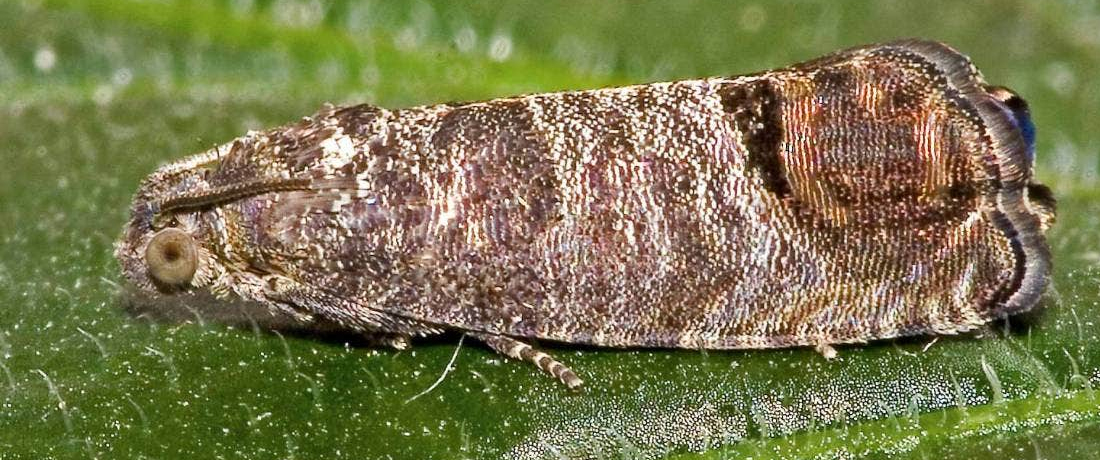
The chemicals commonly used to control codling moth also kill beneficial insect species, which contribute to biological control of other pests. Consequently increased chemical sprays are required for control of other pests. The most successful way to avoid this problem is to use Integrated Pest Management (IPM). Using a combination of pheromones and sticky traps, good orchard hygiene and traps will help you avoid the revolting codling moth.
Adult female codling moths release a sex-attractant chemical (pheromone) to attract male codling moths. By using a pheromone impregnated lure in conjunction with a sticky trap, male moths are trapped before they can mate with a female, thus reducing the number of eggs laid. There are now dual pheromone lures available which attract both male and female moths. Very simple. Start the pheromone traps in late August to early September and continue on for all of spring and summer.
For those eggs which do hatch, you can spray the emerging caterpillars with Dipel or Success. These sprays are specific to caterpillars and will not damage beneficial insects. However, the window of opportunity to spray is short, as the caterpillars will find their way into the fruit within a few days of hatching
Any caterpillars which do munch on your apples or pears (or quince, nashies or crab apples) will be looking to find a nice safe spot to spin a cocoon and over-winter in, before they hatch into moths next spring and start the whole ugly cycle again. You can use this to your advantage. Before winter remove loose bark from your trees and clean up any fallen apples and debris from the ground. This will reduce the survival of over wintering populations. Then provide artificial cocooning sites, such as wrapping a band of corrugated cardboard around the trunk of the tree. Check these every few weeks and destroy any larvae, further reducing numbers.
Oriental Fruit Moth Cydia molesta
Less well known than its cousin, the OFM commonly attacks stone fruits. The moths are active once day time temperatures get above 18C, so expect activity to start around late August to September. The first generation of caterpillars appear before there are any fruit set, so they eat the young shoots which will wilt and die. After 4 weeks the caterpillars spin cocoons (usually high up in the tree), rapidly pupate and emerge as moths between mid November and early January. These will lay eggs which hatch into caterpillars which will then eat both young shoots and any fruit that is available. Several generations can occur over the course of the season, but the final generation will be looking for a safe over-wintering place where they will spin their cocoons and wait until late August when they will emerge as moths.
Treat OFM much as you would codling moth, but use a pheromone lure specific to OFM. Also prune trees each year to encourage an open canopy where birds and predators can get in and eat the moths. Thin the fruit as larvae more easily enter fruit that is touching another fruit.

